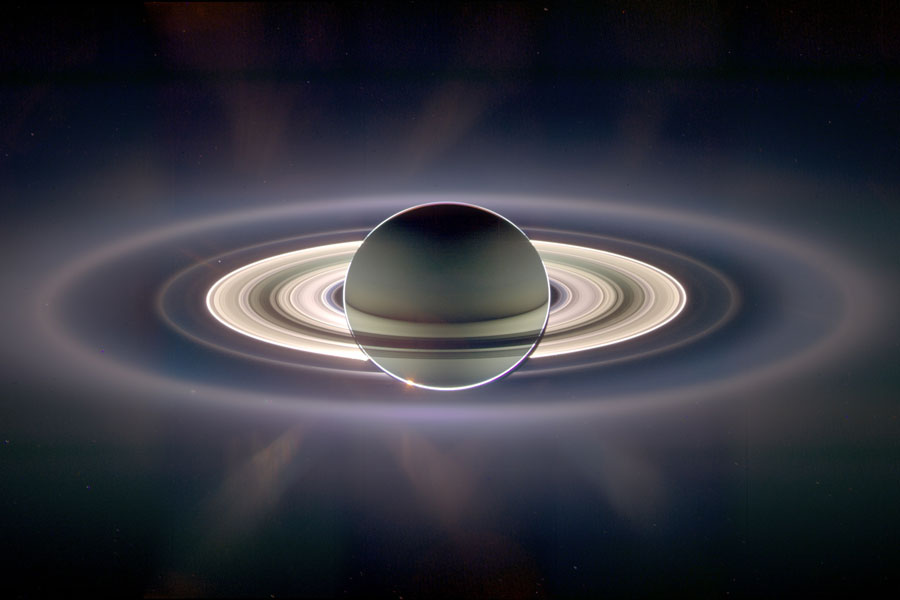Moruya and South Coast
 Old home on the Monaro----> Looking for Blackfellas' Point by Mark McKenna "The origins of this book lie at the intersection of two seemingly independent journeys: the author's personal journey to his new home at 'Blackfellas' Point' in the Eden-Monaro district of southern New South Wales, and a professional journey into the politics of history. Using his curiosity about the history of 'Blackfellas' Point' as the pivot, McKenna has produced a wise, balanced and significant history, both of the relations between Aboriginal people and settlers of the Eden-Monaro district, and of the regional and national forces at work in shaping the way we think about our past. The author surveys that history principally through case studies; for instance, through the examination of a settler's illustrated journal for what it reveals about early colonial ideas about Aboriginal people, a court case highlighting attitudes toward inter-racial sexual relations, or a dispute about Aboriginal housing in the assimilation days. It is a technique that works well, with each case illuminating an aspect of the historicalhttp://www.michaelorgan.u/list.htmorg.a landscape once obscured" (ref).
Old home on the Monaro----> Looking for Blackfellas' Point by Mark McKenna "The origins of this book lie at the intersection of two seemingly independent journeys: the author's personal journey to his new home at 'Blackfellas' Point' in the Eden-Monaro district of southern New South Wales, and a professional journey into the politics of history. Using his curiosity about the history of 'Blackfellas' Point' as the pivot, McKenna has produced a wise, balanced and significant history, both of the relations between Aboriginal people and settlers of the Eden-Monaro district, and of the regional and national forces at work in shaping the way we think about our past. The author surveys that history principally through case studies; for instance, through the examination of a settler's illustrated journal for what it reveals about early colonial ideas about Aboriginal people, a court case highlighting attitudes toward inter-racial sexual relations, or a dispute about Aboriginal housing in the assimilation days. It is a technique that works well, with each case illuminating an aspect of the historicalhttp://www.michaelorgan.u/list.htmorg.a landscape once obscured" (ref). Surrounding rich agricultural region. Situated 306 km south of Sydney via the Princes Highway Moruya (population 2520) is a coastal town reliant upon timber, dairying, cattle, vegetables, fish, oysters and tourism for its sustenance.Inhabited either by the Bugelli-Manji Aborigines or the Wandandian tribe before white settlement the coast was first surveyed from Batemans Bay to Moruya by Thomas Florance in 1827. The following year Irish-born tailor Francis Flanagan (1780-1863) became the first resident landowner in the district after the limits of settlement were extended from Batemans Bay to the Moruya River.
Surrounding rich agricultural region. Situated 306 km south of Sydney via the Princes Highway Moruya (population 2520) is a coastal town reliant upon timber, dairying, cattle, vegetables, fish, oysters and tourism for its sustenance.Inhabited either by the Bugelli-Manji Aborigines or the Wandandian tribe before white settlement the coast was first surveyed from Batemans Bay to Moruya by Thomas Florance in 1827. The following year Irish-born tailor Francis Flanagan (1780-1863) became the first resident landowner in the district after the limits of settlement were extended from Batemans Bay to the Moruya River.Flanagan arrived in NSW in 1827 with capital enough to qualify for a grant but Governor Darling refused to grant land to a man of Flanagan's 'class'. After journeying to Ulladulla by boat Flanagan travelled overland with Aboriginal guides, building a family home at the site of present-day Mullenderee (2 km north of Moruya).
In 1830 John Hawdon took up the Kiora property, 4 km west of Moruya. He took it up as a squatting run and built a house there in 1836. Hawdon became an active figure in local affairs. He also owned and ran a transport ship, the Alligator, retiring to a site near Tuross Heads in the 1860s.
The first harbour in the area was established at Broulee as a dangerous sand bar at the mouth of the Moruya River caused difficulties for smaller ships and prevented access by larger ones. The Broulee area had been surveyed and gazetted in 1837 and land sales commenced in 1840 when a post office was opened, receiving mail weekly overland from Braidwood.
In 1840 Broulee became the site of the first court in the district and, the following year, was made the centre of a police district which covered the area from Jervis Bay to Eden. But Broulee's importance was short-lived. A flood washed away the particularly dangerous sand bar at the mouth of the Moruya River in 1841. In 1848 land was opened up for sale. A town site was surveyed and Surveyor Mitchell, a supporter of Aboriginal place names, wanted it called 'Mherroyah'; this supposedly being the Aboriginal word for 'resting place of black swans' which were very common in the district. Thus 'Moruya', or 'Mherroyah' was adopted when the town was gazetted in 1851.
That same year gold was discovered 60 km upstream at Araluen and on smaller creeks running into the river between Araluen and Moruya. The Araluen valley proved one of the richest goldfields in the county. Initially diggers disembarked at Broulee and walked to the site but, with the establishment of a new and improved road from Araluen to Moruya between 1856 and 1861, Moruya became the preferred service centre to the northern goldfields.
In 1859 the court was relocated, building and all, to Moruya, where it remained until the present courthouse was constructed in 1879. The Erin-go-Bragh Hotel was also shifted from Broulee Island to Campbell St, Moruya by Abraham Emmott who opened it as the 'Beehive' store. Emmott later set up his store elsewhere and used the old inn as his home, naming it 'Merlyn', until he could afford to build what was one of the first semi-detached houses in Moruya in 1875. 'Merlyn' was demolished in 1978 as part of the development of the new shire offices but the brick house survived and became the property of the Moruya Historical Society in 1975.
Moruya continued to prosper as a gateway to the goldfields.
Gold was mined at Wagonga in 1860s. Moruya is the nearest coastal town for Braidwood and Araluen, where our family of Pike, Ward , Kemp, Williams and others settled, mostly working in the gold industry.
Saturday, 28 July 2012
Uncle Tom's tale..

New Highway South. Since 2005. Earlier Princes Highway was along the cliff-face.

For decorum's sake and so I will not be assassinated by my relatives, none of the following story is true: (It just seems to be.) When I was about nine, (I was born in 32) we went for a holiday down to Moruya to stay at Uncle Tom and Aunty Lizzie's place which was a small mixed dairy farm They were dad's aunt and uncle. Uncle Tom was grandma Lucy's brother. The family was just me, and Pat my brother four years younger, mum and dad. We went down in my dad's old green Essex truck. We boys were in the back with the luggage and mum and dad in the front seat. There were sides on the back but just boards to sit on and we had to hang on tight over the bumps and there were many on the 193 miles down there. It was windy in the back but we didn't mind because it was summer and the weather was dry and warm. I think we had our dog with us which was an Alsatian named Peter. He liked riding in the back and stuck his nose over the side, barking at any kind of dog in cars coming the other way. I remember we went down the steep Bald Hill at Stanwell Park where Lawrence Hargreaves experimented with box kites and one lifted him off the ground. There was a plaque there on the top of the ridge telling us about him and you could look out east right down the cliffs to the sea and see the breakers swirling against the rocks in the blue-green sea. Going down the pass was scary. Dad went into the lowest gear and kept his handbrake ready because it was so steep. Many vehicles, especially big trucks had careered out of control and some went over the cliffs. That was why at the bottom of each incline there was a run up the adjoining hill just as the road turned so that runaways could slow down as they went up again. Dad said that in about 19o2 when they first made this road (before that it had been a bullock track) the horsedrawn and bullock wagons had to have a big log attached to the axle so that the wagon dragged the log as a brake. Going down Bulli Pass you could see a beach near the bottom and this was Stanwell Park. Looking along the horizon and the coast you could see right down to Port Kembla and Wollongong about forty miles away. As an adult I have travelled the world a bit and seen some lovely views, but I think Stanwell Tops looking down is the best I have ever seen. In later years my brother Pat commissioned me to do a painting from the top and my effort was a dismal failure, though I remember I did have the South Coast Express train winding its way far below, going around bends on its way to Ulladulla about a hundred miles down south. I recall I wanted to stop at the beach and paddle around in the waves of the Pacific, but dad said “We’ve got to get to Kiama and we will have a picnic lunch at the beach there”. O.K., but I was hungry already.
" "Yeah." I said and I was only about nine but I was real angry."That's what I mean.!"
"Oh, ho, you are a tough little bugger, aren't you, sonny?" said this fellow."
"My name's not sonny and I'm not as tough as my dad, yet." This should have been warning enough for that Lionel fellow. My mother called me inside. She was going to wash the dishes. "Now listen Siddie, Lionel is a nice man and I don't want you saying bad things to him. Or I will be the one to give you the strap, not your dad.
"Don't you be cheeky to me, or I'll get a switch and you'll see." I shut up. Mum never smacked me unless it was serious and I supposed she was serious now.
Lionel came in, beamed at mum and took up the dishtowel. I'll help you, luv." "How's it going sport?"He looked at me quizzically.
"That's not my name neither." I went outside near the cowshed. The last cows were being milked. The sun was going down. I just sat down on the grass near the slip-rails almost sitting in a cow pad
I was unhappy. I wanted to go home to Sutherland. I didn't like the farm. Some ants started to climb up my bare leg. I got up on the old buggy that Uncle Tom used to go into Moruya township. Funny there was a cushion on the seat and it was shaped like a donut with a hole in the middle. I had never seen one like that before, except, wait now! There was one in the dining room on the chair that Uncle Tom used. What was that for? I heard voices and my mum and this fellow Lionel were walking past. I crouched low in the buggy. I didn't know why I felt I had to hide.
Mum said quietly "Maybe we shouldn't. Siddie might see us, and he could tell Hec you know....."
"We are just going for a walk, that's all. Nothing wrong with that. Anyway the kid is not around. Must have gone inside to listen to the radio."
"Yes", said mum," It's time for "First light Frazer". He never misses an episode." I perked up a bit. I saw them arm in arm going through the gate and heading for a clump of trees on the far side of a paddock. I raced inside. My little brother, Pat was being bathed in a big dish by Aunt Lizzie and Uncle Tom was sitting in his chair smoking a pipe and reading the Illawarra Mercury.
"Kin I listen to "First Light Frazer" auntie Lizzie?" (She was really my great aunt though)
" What station is it on Siddie? And you have to have a bath too. You can use the same water."
But he probably peed in it. He always does." I said indignantly
" No, I didn't. You're a liar!" said Pat, indignant. "Oh, all right, I'll heat up some more water in the kettle." She went over to the wood stove, put in a couple of pieces of axe-hewn wood and filled the kettle. "It's on 2GB, 7 o'clock and it is five past now." (I could tell the time from the big grandfather clock with its swinging pendulum, though the Roman numerals were a bit hard.) My voice had an urgency. I did not want to miss an episode. I had missed the Children's Session with Mac, Joe and Elizabeth on 2FC but that was not so important. "Well." said auntie Lizzy. We don't have that station way down here."
Uncle Tom put his head up and took the pipe out of his mouth. "It's on the local station, Liz. I don't mind listening to it myself." "What Tom! You only listen to the news and the Country Hour, to my knowledge."Auntie Liz was surprised.
"You don't know everything about me, woman." They put on the old radio with its valves and its crackling and the sound coming out of a big horn up on top. It worked though. I sat enthralled at the exploits of First Light Frazer. My brah was out of the bath and with a towel around him sat near the kitchen fire, listening, though I knew he liked littly stories better about the Gumnut Babies and Hoadlies Violet Crumble-bar story of the "Search for the golden Boomerang" on 2CH. After the show, Aunt Lizzie said "Now is your bath time Siddie."
"I will do it myself. I'm not a little kid, like Patty."
"I'm not neither," said Patty, just four. "Next time I'm going to bath myself, see!" I went outside to the dunny, because I didn't want to pee in the bathwater, and it was hard not to when that warm water was swirling around you. The dunny stinked too much and I did it round the side. I looked out across the dimming light and saw my mum and that fellow coming out of the same clump of trees I saw them go into an hour before. I waited until they crossed the paddock. Good. They weren't arm in arm any more. Mum saw me and looked a bit worried. "Hello Siddie, what are you doing?" "I'm just going to have a bath. You know mummy, they only got a big tin dish, not a real bath like we got."" "Well you go in and have your bath." As I went in I heard her say in a low voice "You see! I told you!"
"Don't worry Marge I am going to give the kids five bob each tomorrow when I leave." "You're leaving?" "Yeah, I got to get back to my job, too." "You bastard!" said my mum and she broke away hurriedly.
Next morning after breakfast Lionel gave us kids five bob each. " What's this for?"asked my brah."You're not my uncle or anything." "Say thank you, boys." Said mum. I didn't ask why he gave it to us, 'cause I remembered the grass-seeds on the back of mum's dress when she came across the paddock. In a few days, after I had learned to ride a pony and gone out looking after the goats and caught a green tree-snake, and learned how to catch whiting from pippeeswe dug up on the beach at Bateman's Bay, and been in a rowboat on the Shoalhaven River and all the other beaut things you can do in the country. (It wasn't so bad down there after all,)....in a few days when dad was taking us home in the old green truck ("I got a new tyre, Marge".) he was driving along one-handed and the other arm around mum....("I missed you Hector. Don't leave us alone like that again, promise?")....dad asked us all, "Well, did yz all have a good holiday?" I decided I would never tell about the walk and the grass seeds (except now, 68 years later,) because I knew it probably wasn't true (maybe). My teacher Miss Rolley said I had a "wonderful vivid imagination" on my report card."
A few miles along the road, I asked my mum "Mummy?" She looked startled "Yes, Siddie" she answered slowly.
" Why are there cushions with holes in them, where uncle Tom sits?" Mum and dad both started laughing and then dad said. "Uncle Tom was born with three or four vertebrae more than he should have. There was no doctor around to cut them off, because he was delivered by a midwife."
"What's a vert i bra?" asked my little brother. "It's a tail", said mum. Your father's uncle has a tail! "Shut-up Marge!" exclaimed my dad crossly. "It could have happened to anybody." So this was the Tale of Uncle Tom's Tail. Ric Williams












Tuesday, 17 November 2009
Araluen-Braidwood N.S.W. Old Gold Towns of our gr. grandparents
 | Araluen (NSW) Araluen is one of the most famous gold towns in New South Wales. Located in the heart of the Southern Tablelands, today it is little more than a few buildings in a beautiful valley noted for its orchards. The goldrushes of the late 1840s disrupted the established cattle grazing in the area with labourers rushing to the Bathurst area hoping to find their fortune. Location: 318 km from Sydney via Goulburn and 364 km via the Princes Highway. | Araluen and surrounding village |

 Three Views of Araluen Valley.. Hector Williams (my father) born here. 1909. http://www.braidwoodmuseum.org.au/html/publications.html
Three Views of Araluen Valley.. Hector Williams (my father) born here. 1909. http://www.braidwoodmuseum.org.au/html/publications.html
Clarke gang robbing coach three views of Araluen Valley
Historical remnant
Braidwood looks to me like a town that is rightly trying to trade on its history but hasn't quite made it yet. Sure, the tourists are there but, one suspects, not quite in the numbers that places like Berrima get. While some buildings are pristine it's clear that others are suffering from neglect. One hopes that the town will hang in there and ultimately rival some of its northern neighbours on the southern highlands. I, for one, certainly hope so. It has a lot to offer. At first you may wonder why there are so many fine buildings in a relatively small town. Like so many others, it was a result of gold, though that was not the original reason for settlement. William Kearns, William Packer and Henry Marsh frist came here in the summer of 1822. Suggesting the land was suitable for settlement, the next two years saw a number of people moving into the district. The most significant, as far as the town's name is concerned, was Dr Thomas Braidwood Wilson, a surgeon who had been granted land in the area. It begs the question as to why a surgeion would bother. I have no answer for that. When the site for the future township was chosen in 1833 part of Wilson's 'Braidwood' farm was resumed by the Government and consequently the town was named after the farm which, in turn, was named after Wilson. It was surveyed in 1839 and the first land sales took place in 1840.
|
|

















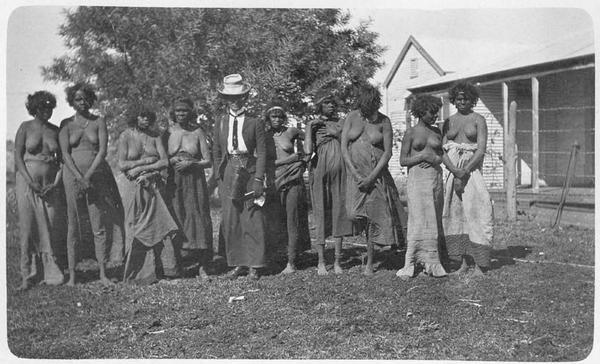



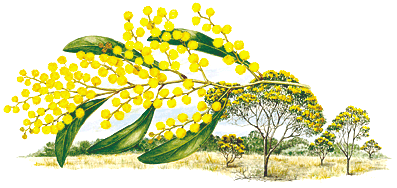


+copy.jpg)










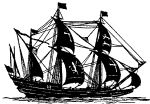





















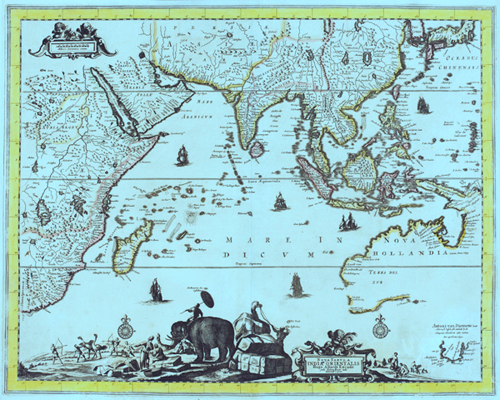

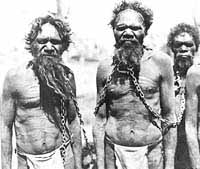
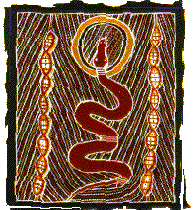


















.jpg)






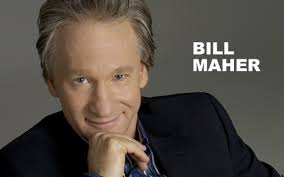



















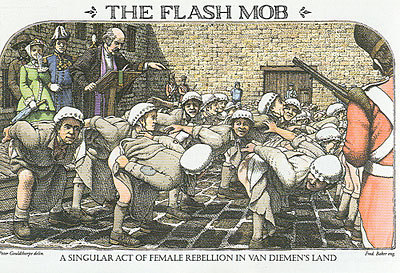
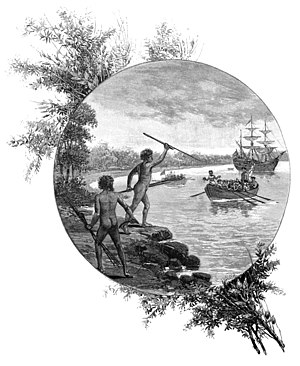 G
G







.jpg)















